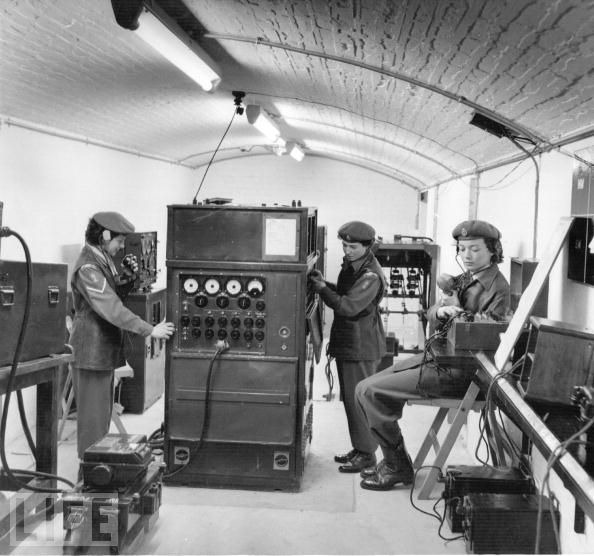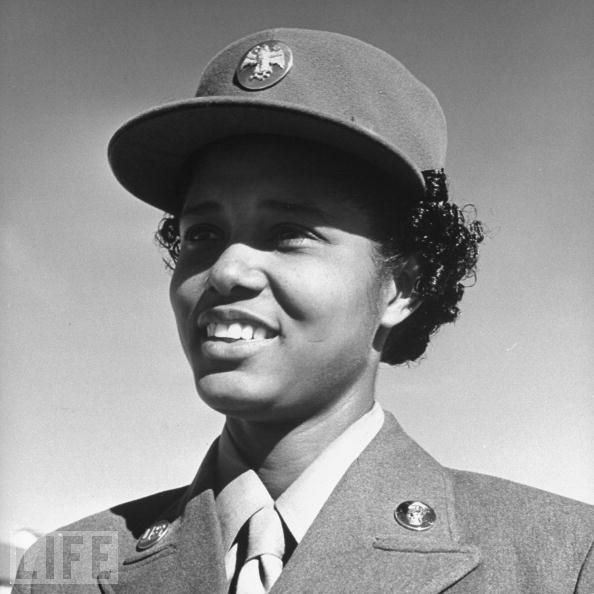 |
| In November 1944, four female Italian anti-Fascist fighters relax as they await orders from their commander during their effort in support of Allied troops on the Castelluccio front. |
 |
| Gower, shown at her base in Hatfield, Berkshire, created the Air Transport Auxiliary's Women's Section, a squad entrusted with ferrying planes for training purposes. |
 |
| Looking out for enemy aircraft in England. |
 |
| Women are on the front lines of World War II from day one, like these firefighters trying to contain the blaze during the Japanese attack on Pearl Harbor on December 7, 1941. |
 |
| Reporting the position of enemy aircraft to gun crews |
 |
| Nancy Nesbit, a pilot trainee in the Women's Flying Training Detachment checks with the control tower from the cockpit of her single engine Army trainer at Avenger Field in Texas. |
 |
| The 90,000 members of the U.S. Navy's WAVES (Woman Accepted for Volunteer Emergency Service) would serve only on the home front, but they would still get marksmanship training. |
 |
| As Britain defends Gibraltar in May 1944, members of the Auxiliary Territorial Service (soon to become the Women's Royal Army Corps) train as controllers of gun batteries. |
 |
| Women's Air Corps |
 |
| A Member of America's Women's Air Corps (WACs) |
 |
| A sergeant drills civilian women, members of the Women's Home Defence Corps, in the use of rifles. |
 |
| These women, shown at a their barracks, are among the 20,000 who received riflery training in China's army so far during World War II. |
 |
| WAC officers and other survivors on board a rescue destroyer after their transport ship was torpedoed in the ocean near North Africa. |
 |
| A female Russian soldier grins broadly while showing off her medals and a US Army Officer's insignia pinned to her shirt after the Allied troops met following the fall of Berlin. |
 |
| American soldiers and war correspondents join male and female Red Army soldiers in Torgau, Germany, on April 27, 1945, toward the end of the European war. |
 |
| Soong Mei-Ling, the U.S.-educated wife of Chinese leader Chiang Kai-Shek, reads of Japan's surrender to the Allies in August 1945. |
 |
| Three salesgirls from the Bourne and Hollingsworth department store in London, auxiliary members of the Womens Land Army, pick beans for the war effort. |
 |
| Cicely Clark is one of 4,900 members of The Women's Timber Corps, dubbed "lumberjills," at work in a timber camp in 1942 in Suffolk, England as part of the war effort. |
 |
| In 1943, a female steel worker welds a steel plate at the Gary Armor Plate Plant of Carnegie-Illinois Steel Corporation, Gary, Indiana. |








